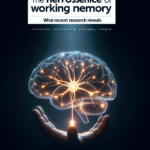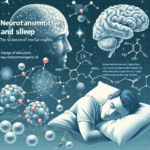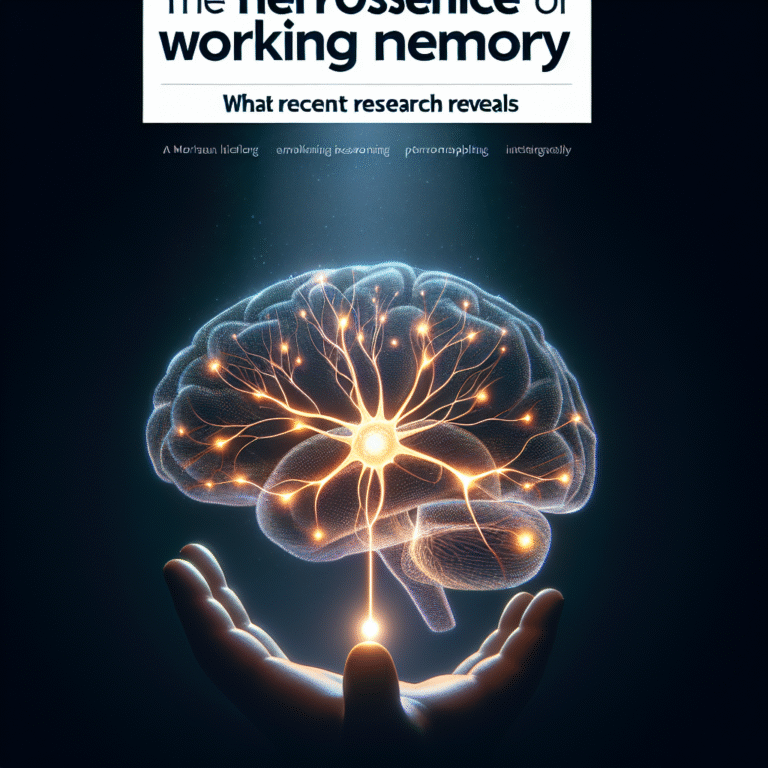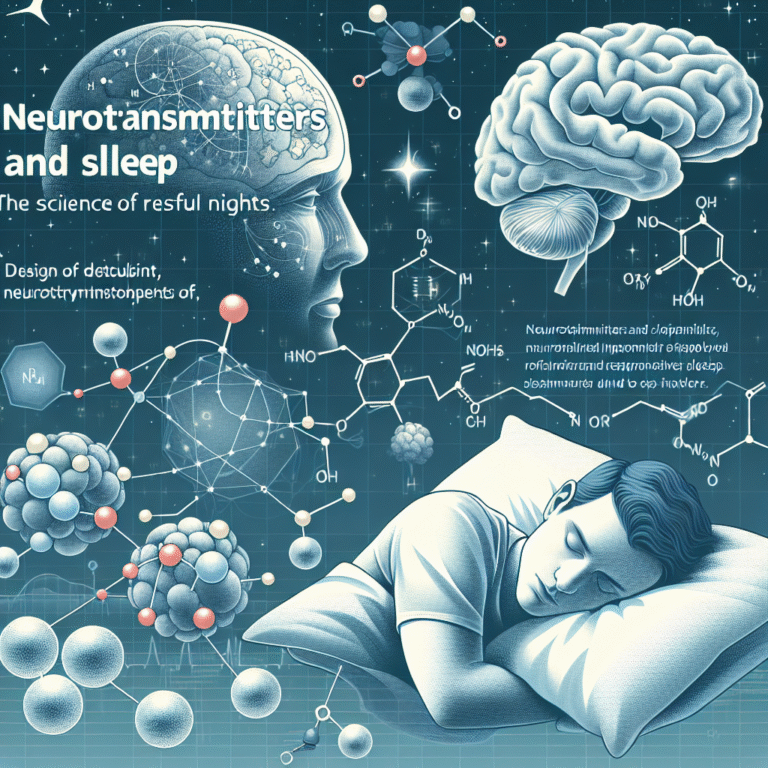
Introduction
Imagine sitting in a classroom, absorbed in your studies when suddenly, the bell rings, signaling the end of the lesson. You feel a rush of excitement—freedom is just around the corner. But do you know that this response is rooted in a psychological principle known as classical conditioning? Understanding the concept of classical conditioning goes beyond mere academic curiosity; it offers profound insights into behavior and learning that affect our daily lives. In this article, we will explore Beyond the Bell: The Impact of Classical Conditioning on Behavior and Learning, delving into its fundamentals, real-world applications, and profound implications.
The Fundamentals of Classical Conditioning
Classical conditioning, first identified by Ivan Pavlov in his experiments with dogs, describes a learning process wherein a neutral stimulus becomes associated with a meaningful stimulus, provoking a conditioned response. In Pavlov’s study, he rang a bell (neutral stimulus) every time he presented food (meaningful stimulus) to dogs. Eventually, the sound of the bell alone provoked salivation in the dogs, illustrating how behavior can be conditioned.
Key Components of Classical Conditioning
-
Unconditioned Stimulus (US): A stimulus that naturally and automatically provokes a response (e.g., food causing salivation).
-
Unconditioned Response (UR): The unlearned response that occurs naturally in reaction to the unconditioned stimulus (e.g., salivation when food is presented).
-
Conditioned Stimulus (CS): Originally a neutral stimulus that, after being paired with the unconditioned stimulus, evokes a conditioned response (e.g., the bell).
- Conditioned Response (CR): The learned response to the previously neutral stimulus (e.g., salivation upon hearing the bell).
Real-World Applications
Case Study 1: Classroom Environments
In educational settings, the principles of classical conditioning significantly influence student behavior and learning outcomes. Consider how a teacher uses a bell, buzzer, or even a particular song to signal the transition between activities. Over time, students may begin to exhibit eagerness to participate or complete tasks simply upon hearing these signals.
| Stimulus | Initial Response | Conditioned Response |
|---|---|---|
| Bell rings | Transition to next activity | Excitement and readiness to learn |
By leveraging this understanding, educators can craft more engaging learning environments, creating positive associations and behaviors that extend beyond the bell.
Case Study 2: Marketing and Consumer Behavior
Classical conditioning also plays a crucial role in marketing strategies. Advertisers often pair their products with positive stimuli—like upbeat music or attractive visuals—to create favorable associations in consumers’ minds.
For example, Coca-Cola’s ads frequently feature refreshing imagery combined with catchy jingles. Over time, consumers develop a conditioned response that associates the product with happiness and enjoyment, leading to increased brand loyalty:
| Stimulus | Initial Response | Conditioned Response |
|---|---|---|
| Coca-Cola advertisement | Positive emotions | Desire to purchase Coca-Cola |
This principle illustrates beyond the bell how marketing efforts can shape consumer behavior effectively.
Therapeutic Interventions: Conditioning in Psychology
Case Study 3: Systematic Desensitization
One of the most impactful applications of classical conditioning is in the treatment of phobias and anxiety disorders through systematic desensitization. This therapeutic technique involves gradually exposing individuals to the source of their anxiety while employing relaxation strategies. Over time, this reduces their conditioned response to the anxiety-inducing stimulus.
| Exposure Stage | Unconditioned Stimulus | Conditioned Response Reduction |
|---|---|---|
| Thinking about the phobia | Anxiety | Reduced anxiety |
| Viewing images related to the phobia | Anxiety | Temporary discomfort, then reduction |
| Real-life exposure to the feared object or situation | Anxiety | Calmness or minimal anxiety |
This case study is a prime example of how understanding classical conditioning can lead to profound behavioral change.
Case Study 4: Aversion Therapy
Aversion therapy is another clinical application where a previously pleasurable stimulus can become aversive through conditioning. For example, a patient trying to quit alcohol consumption may be exposed to a nausea-inducing drug while consuming alcohol. Eventually, their body begins to associate alcohol with nausea, reducing the desire to consume it.
| Stimulus | Unconditioned Stimulus | Conditioned Response |
|---|---|---|
| Alcohol consumption | Nausea (induced by drug) | Aversion to alcohol |
This powerful example demonstrates how understanding beyond the bell influences behaviors that can significantly impact health and lifestyle.
The Neurological Perspective
The brain mechanisms underlying classical conditioning are particularly fascinating. Neurotransmitters play a vital role in forming associations. The amygdala, involved in emotional responses, and the hippocampus, related to memory formation, both contribute significantly to the learning process described by classical conditioning.
When a stimulus is paired repeatedly, neural pathways are strengthened, resulting in faster retrieval of information. This neurological basis explains why behaviors conditioned through classical conditioning remain resilient— a phenomenon that manifests in educational settings and therapeutic arenas.
Cross-Disciplinary Applications
The principles of classical conditioning extend beyond psychology into various domains, illustrating its far-reaching implications. This includes the realms of animal training, where trainers use classical conditioning techniques to reinforce desirable behaviors through rewards.
Furthermore, in the corporate world, understanding how employees condition their experiences and responses can lead to more effective management strategies. By creating positive associations in the workplace, companies can foster a culture of productivity and employee satisfaction.
Conclusion
Beyond the Bell: The Impact of Classical Conditioning on Behavior and Learning has illuminated how this psychological principle extends into various facets of life. From classrooms to marketing and therapy, understanding classical conditioning provides essential insights into how behaviors form, persist, and can be modified over time.
Whether you’re an educator, a marketer, or someone interested in personal development, applying these principles can lead to transformative outcomes. The key takeaway is that by being mindful of our conditioning and the stimuli present in our environments, we can create positive behaviors that thrive beyond every metaphorical bell.
FAQs
1. What is classical conditioning?
Classical conditioning is a learning process where a neutral stimulus becomes associated with a meaningful stimulus, leading to a conditioned response.
2. How is classical conditioning used in education?
Educators can use signals like bells or music to create positive associations, improving student readiness and engagement.
3. Can classical conditioning be used to treat phobias?
Yes, techniques like systematic desensitization leverage classical conditioning to reduce anxiety by gradually exposing patients to their fears.
4. How does classical conditioning affect consumer behavior?
Marketers use classical conditioning by pairing products with positive emotions to create brand loyalty and influence purchasing decisions.
5. What neurological mechanisms underpin classical conditioning?
The amygdala and hippocampus play essential roles in associating stimuli with emotions and memories, strengthening neural pathways involved in conditioned responses.
This article has provided a comprehensive look at the powerful concept of classical conditioning and its implications for behavior and learning. By recognizing these processes, we can harness them to enrich our lives, influence others positively, and become more aware of how our environments shape responses. Let’s continue to explore these insights and apply them practically in our everyday lives, ensuring we journey beyond the bell with understanding and intention.
















